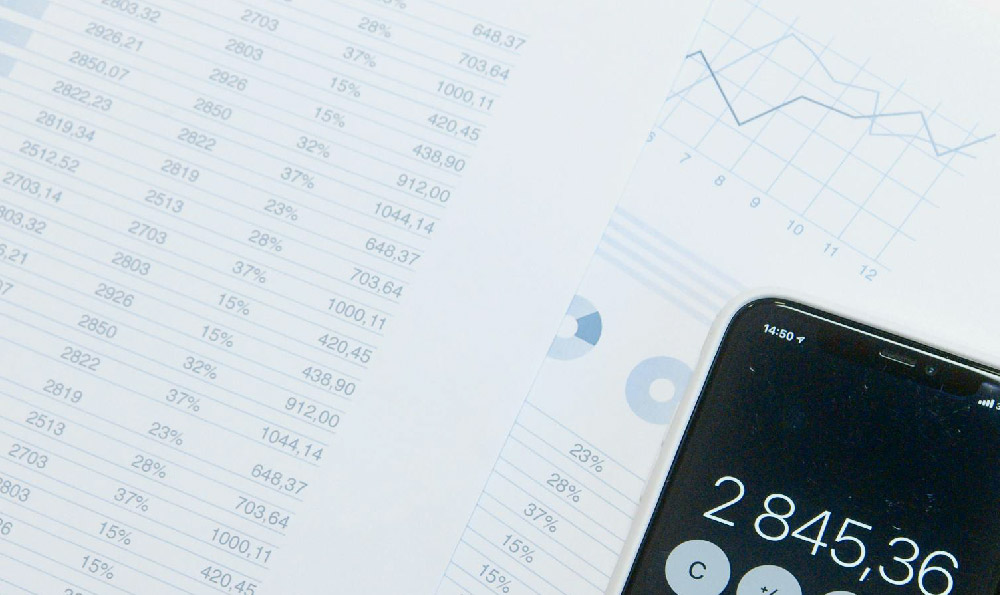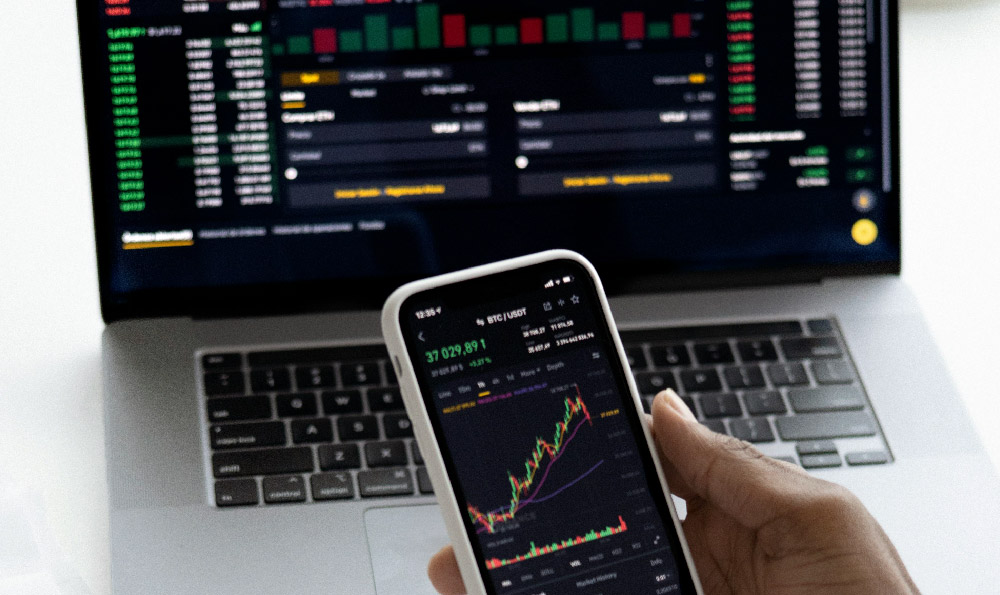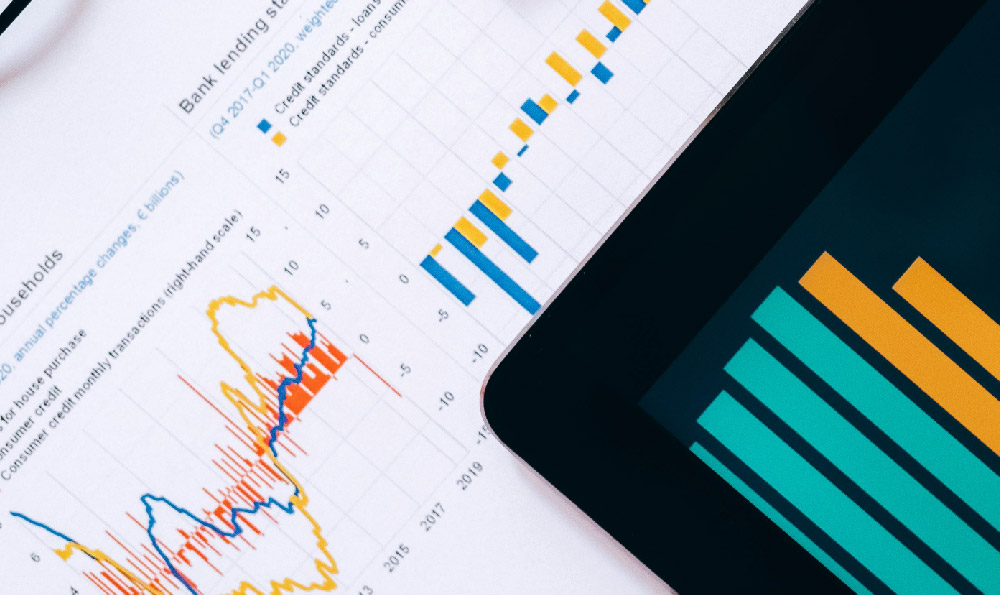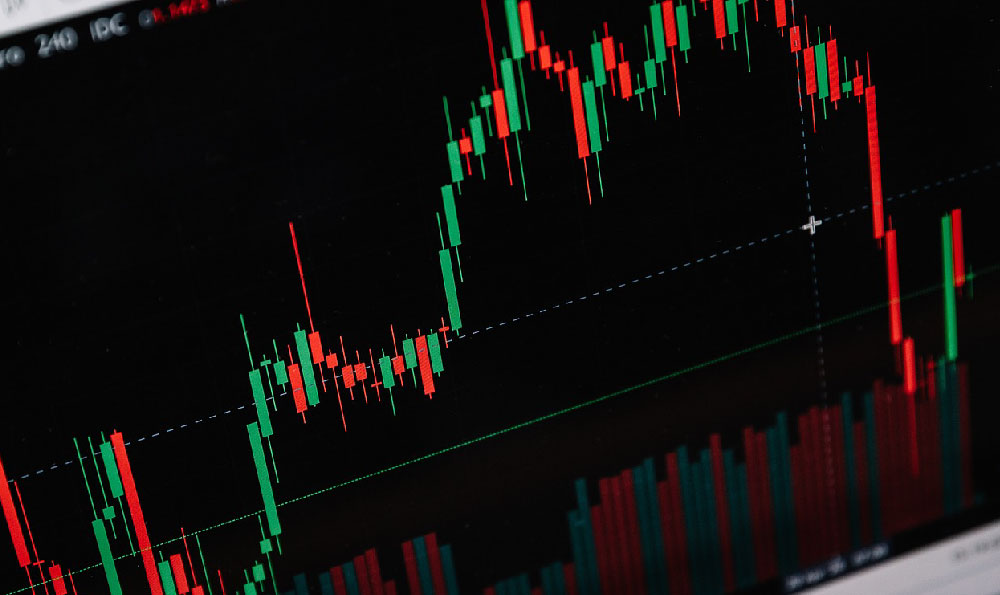How Much Do Uber Drivers Really Make? What's the Average Uber Driver Salary?

Navigating the gig economy and understanding its earning potential requires a sharp eye and a realistic perspective. For many, Uber driving presents an appealing opportunity: flexible hours, the potential to be your own boss, and a chance to earn income. However, painting a clear and accurate picture of Uber driver earnings is far more complex than simply looking at advertised rates. The "average Uber driver salary" is a nebulous figure, often misleading and influenced by a multitude of factors that significantly impact individual take-home pay.
To truly understand the financial reality of being an Uber driver, we must delve into the intricate web of expenses, geographical variations, time commitments, and fluctuating demand that define this line of work. The initial allure of readily available rides and seemingly high fares can quickly fade when confronted with the operational costs inherent in using your personal vehicle for commercial purposes.
Gross earnings, the figure typically highlighted in Uber's promotional materials, represent the total amount earned before any expenses are deducted. These earnings are directly tied to the number of rides completed and the fares charged per ride. Fares themselves are influenced by several factors, including distance traveled, time of day, surge pricing (periods of high demand), and the specific Uber service being offered (e.g., UberX, UberXL, Uber Black). Drivers working during peak hours, weekends, and in areas with high demand can often command higher fares due to surge pricing. Similarly, offering premium services like UberXL for larger groups or Uber Black for luxury vehicles can lead to increased earnings per ride.
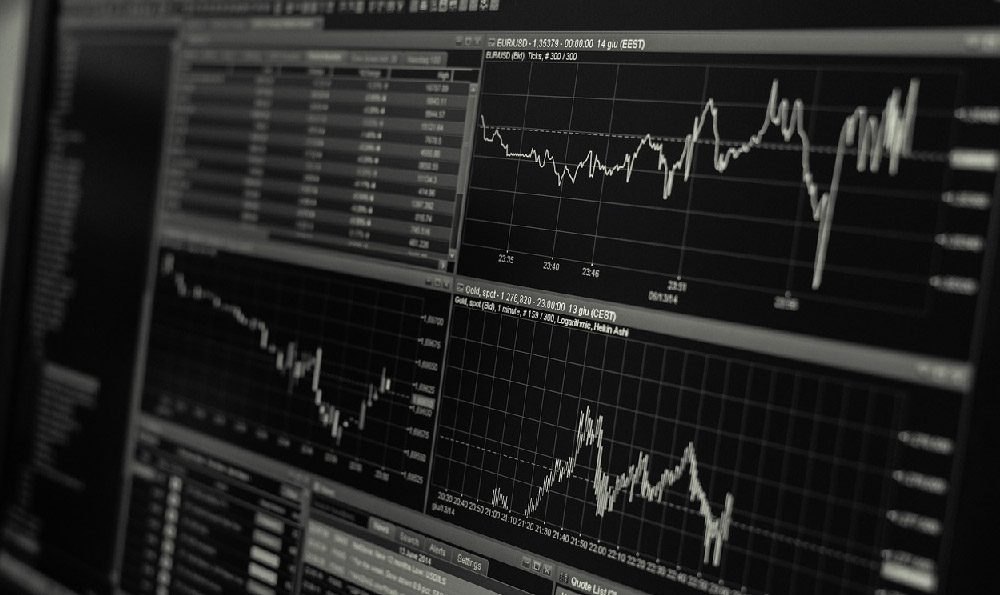
However, it is the subtraction of expenses from gross earnings that reveals the true financial picture. The most significant expense is undoubtedly vehicle maintenance. Wear and tear on a personal vehicle used extensively for Uber driving can be considerable. Regular maintenance, including oil changes, tire rotations, brake replacements, and other routine repairs, becomes far more frequent than in typical personal use. Moreover, unforeseen repairs, such as engine or transmission issues, can represent significant financial setbacks.
Fuel costs are another major consideration. The price of gasoline fluctuates widely depending on location and market conditions. Drivers who spend a significant amount of time idling in traffic or driving long distances between rides will inevitably incur higher fuel expenses. Optimizing routes, minimizing idling time, and taking advantage of fuel-efficient driving techniques can help mitigate these costs.
Depreciation, the gradual decrease in the value of a vehicle over time, is often overlooked but represents a significant hidden expense. The more miles driven, the faster a vehicle depreciates. Uber driving accelerates this process considerably, potentially reducing the resale value of the vehicle and impacting the driver's long-term financial outlook.
Insurance also presents a unique challenge. While Uber provides liability insurance while a driver is actively engaged in a ride or en route to pick up a passenger, drivers are typically responsible for their own personal auto insurance coverage during the time they are online but not actively transporting a passenger. Obtaining appropriate insurance coverage for commercial use can be more expensive than standard personal auto insurance, adding to the overall cost of being an Uber driver.
Beyond vehicle-related expenses, drivers also incur costs related to data usage on their smartphones, which are essential for navigating, accepting ride requests, and communicating with passengers. Furthermore, self-employment taxes, which include Social Security and Medicare taxes, represent a significant obligation that must be factored into the equation. Unlike traditional employees, Uber drivers are responsible for paying both the employee and employer portions of these taxes.
Geographic location plays a crucial role in determining earning potential. Drivers in densely populated urban areas with high demand for ride-sharing services tend to earn more than those in smaller cities or rural areas. Factors such as the local economy, the availability of public transportation, and the presence of competing ride-sharing services can all impact demand and, consequently, driver earnings.
The time commitment required to earn a substantial income as an Uber driver is often underestimated. While the flexibility of setting one's own hours is a significant advantage, earning a living wage typically requires working long hours, often during peak times when competition among drivers is also higher. The number of hours worked per week directly correlates to gross earnings, but it also impacts vehicle maintenance, fuel consumption, and the driver's overall well-being.
Furthermore, the regulatory landscape surrounding ride-sharing services is constantly evolving. Changes in regulations, such as increased licensing requirements, stricter vehicle inspections, or limitations on the number of drivers allowed in a particular area, can significantly impact driver earnings and the overall viability of Uber driving as a source of income.
In conclusion, while the allure of flexible hours and readily available ride requests may be tempting, understanding the true financial realities of being an Uber driver requires a comprehensive assessment of all associated expenses, geographical variations, and the time commitment required. While some drivers may indeed earn a comfortable living, it is crucial to approach this opportunity with a realistic perspective and a thorough understanding of the costs involved. The “average Uber driver salary” is a misleading metric. Individual earnings depend heavily on diligent expense tracking, strategic planning, and a willingness to adapt to the ever-changing dynamics of the ride-sharing market. Ultimately, success as an Uber driver requires treating it as a business, not just a side hustle.
